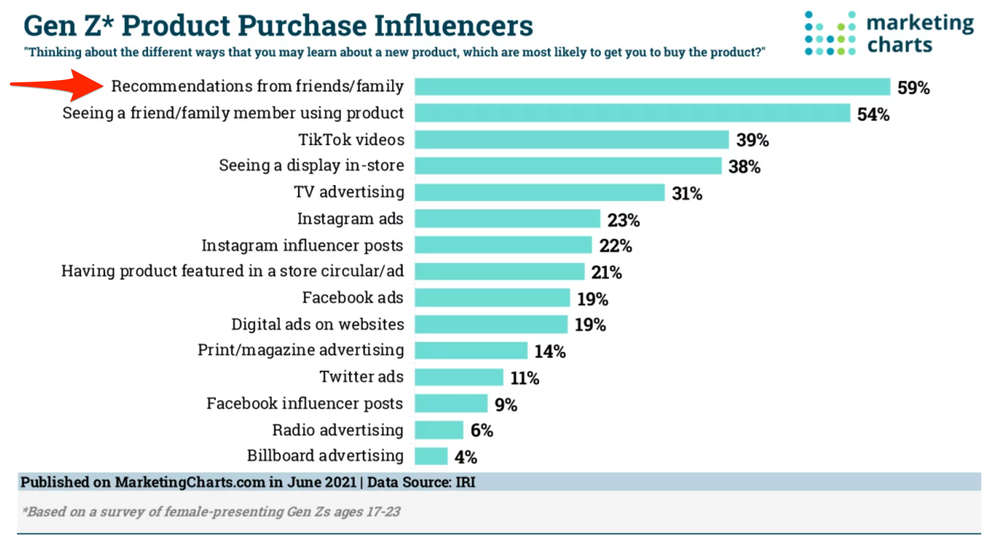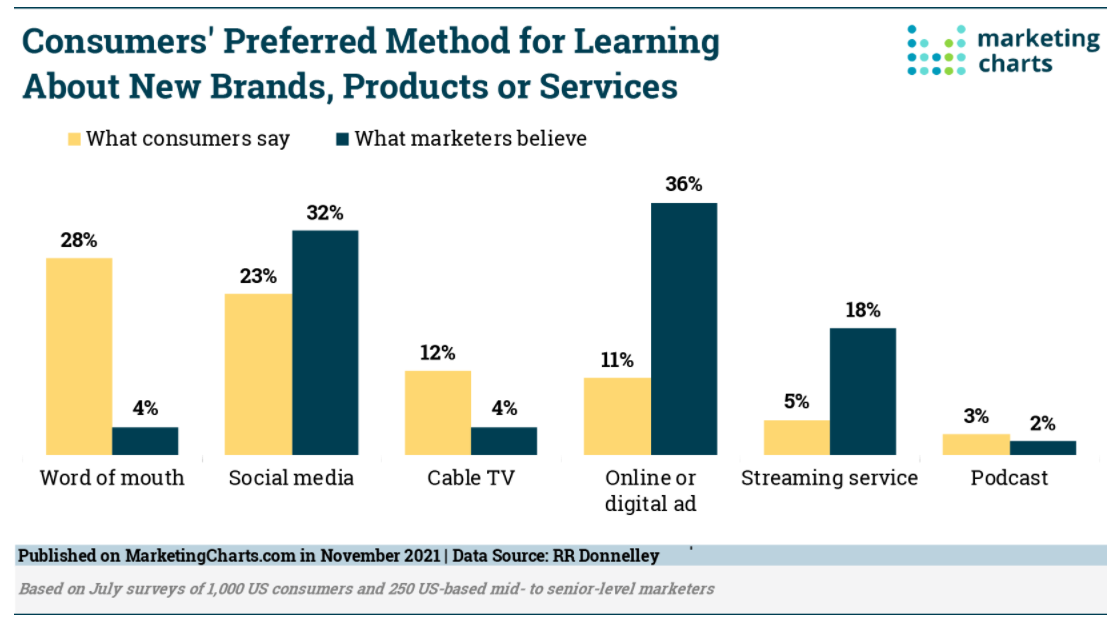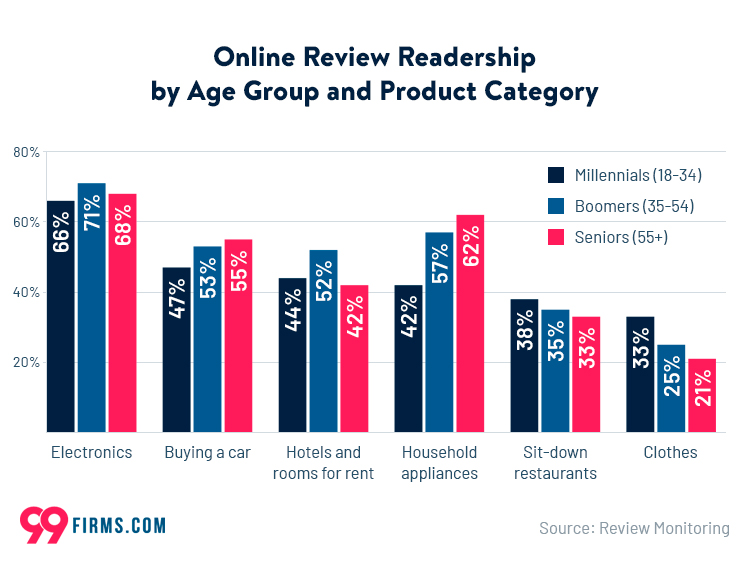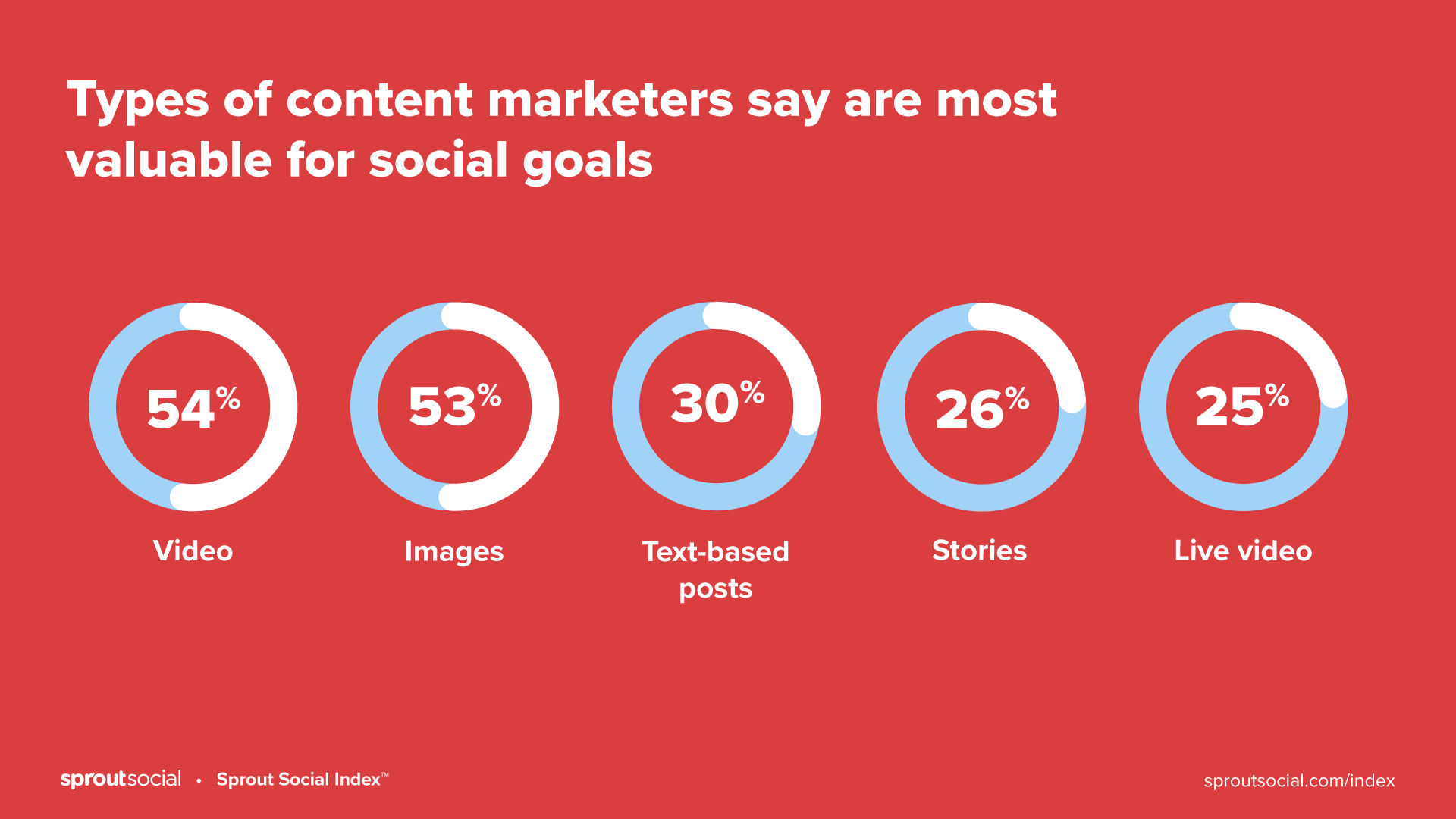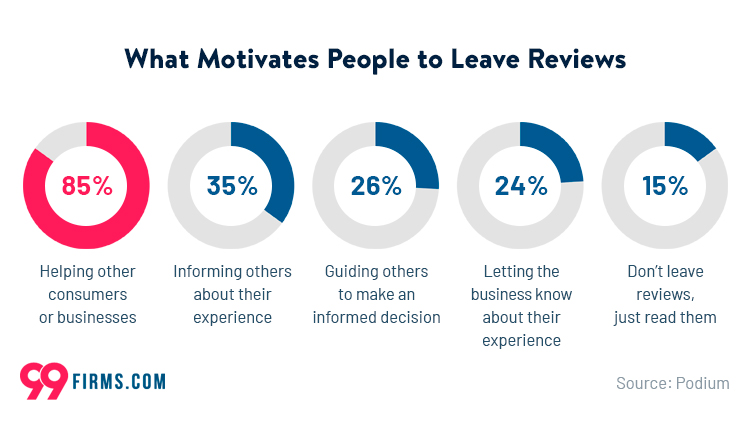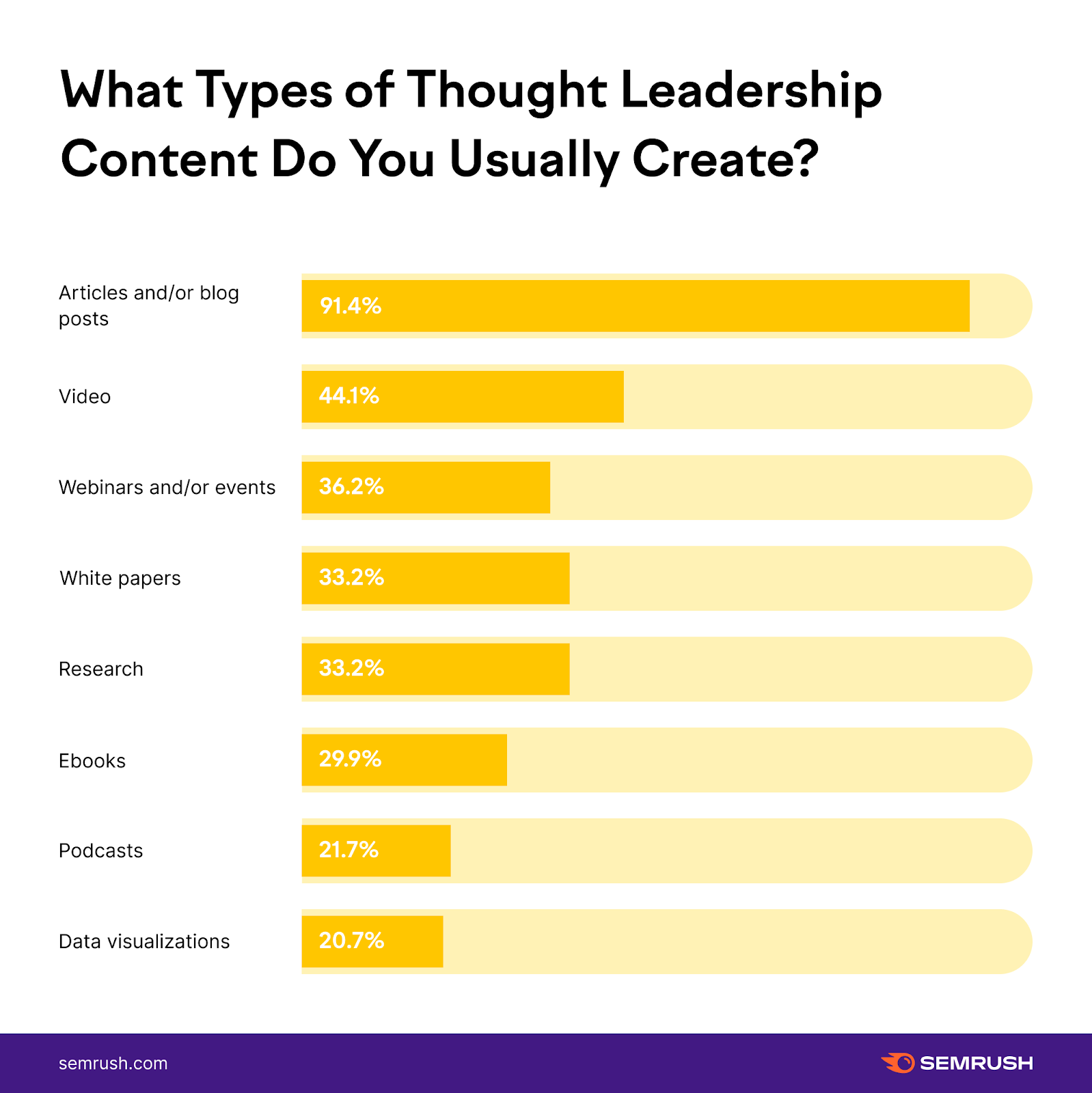What is word-of-mouth marketing?
Word-of-mouth marketing encompasses positive reviews, comments, and discussions consumers have regarding a business’s brand, products, and services.
The process can take many forms and have varying degrees of impact on a business, both positive and negative. However, word-of-mouth communication has largely been a fantastic means of changing perceptions around a brand while consistently driving new traffic to websites and online platforms.
WOM marketing involves customers and brand advocates alike doing your marketing for you. It makes personal social media profiles, specialist forums, and review aggregator sites promotional battlefields. People aware of your brand promote its benefits and their personal experience straight to their network, making word-of-mouth marketing a valuable source of not just leads, but also brand loyalty.
How digital marketing has changed (and the current state of play)
In the last decade, digital marketing has gone through a dramatic shift in nature and prominence.
Marketers and consumers alike now operate in a world where mobile users outrank traditional desktop users, brands spend big on content development to improve organic search rankings and creative approaches to digital PR have transformed the landscape of news coverage.
Social media has become a mainstay in our everyday lives, dictating daily narratives and acting as central hubs for the online experience, being as influential as even affecting our purchase decisions. The platforms themselves have also gone through dramatic evolutionary arcs, such as Instagram’s transformation from digital photobook to fully-fledged ecommerce outlet spawning influencers who are dominating mainstream culture.
With this, customer needs and how brands engage with these consumers has changed. B2C brands have almost become sources of security and entertainment for loyal consumers, while a sales enablement app and similar software create an immediate source of conversation in extended B2B purchases. Regardless of the sector, these leads will largely be generated online through marketing, of which positive word-of-mouth is a crucial factor.
Why is positive word-of-mouth so important?
Positive WOM stands out as a successful method largely due to the high level of trust it instills in the customer. In a marketing environment where data accumulation and management rules, simple recommendations still wield massive power.
Typically, word-of-mouth recommendations come from a small circle of people close to the potential customer:
- Their friends
- Their family
- Their colleagues
- Their social media contacts
88% of American shoppers expressed higher trust in a brand that’s been personally recommended to them by their friends or family. The prominence of online platforms has only served to increase this, amplifying the words of the average joe and giving them more weight.
There was once a feeling that only discounts, limited offers, and manipulative calls to action could drive customer decisions (even if it sacrificed long-term brand loyalty). word-of-mouth marketing has proven both easily attainable at a low cost.
With each retweet, blogger comment, and share, word-of-mouth marketing carries the potential for exponential growth within your brand.











